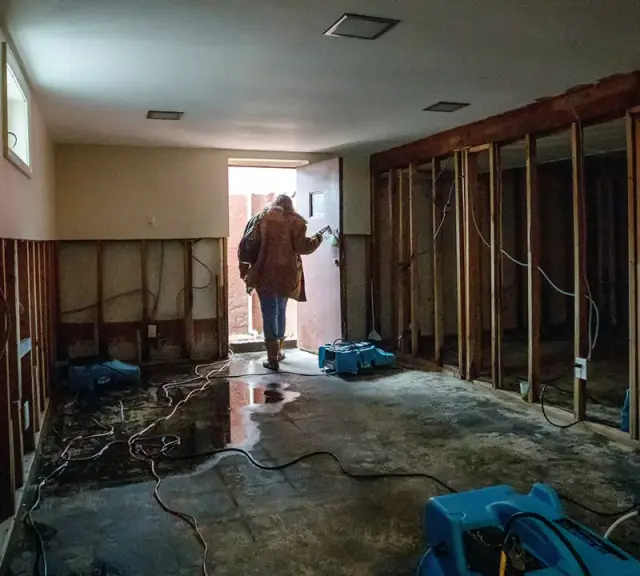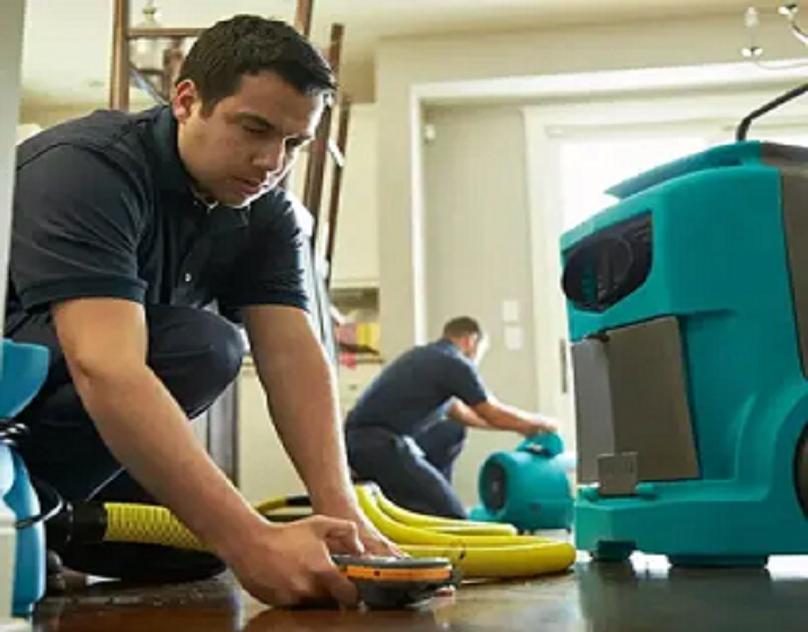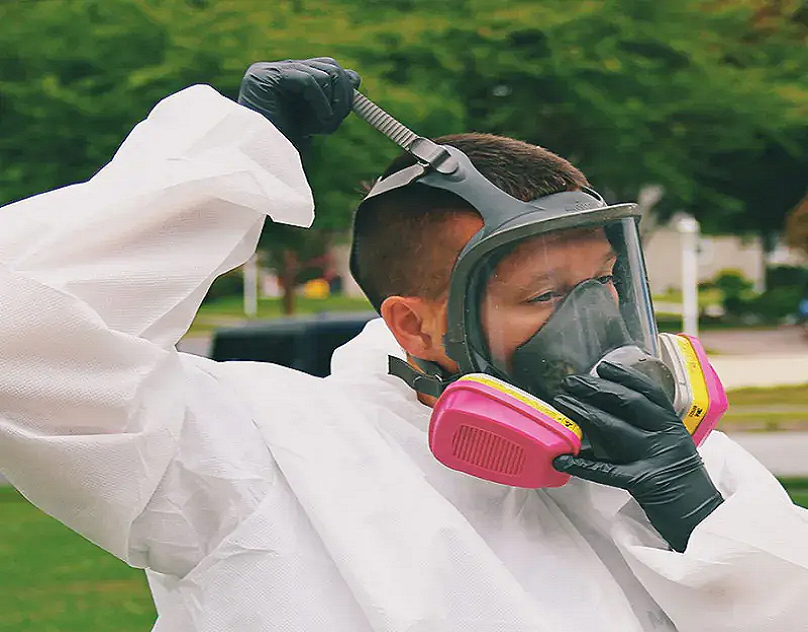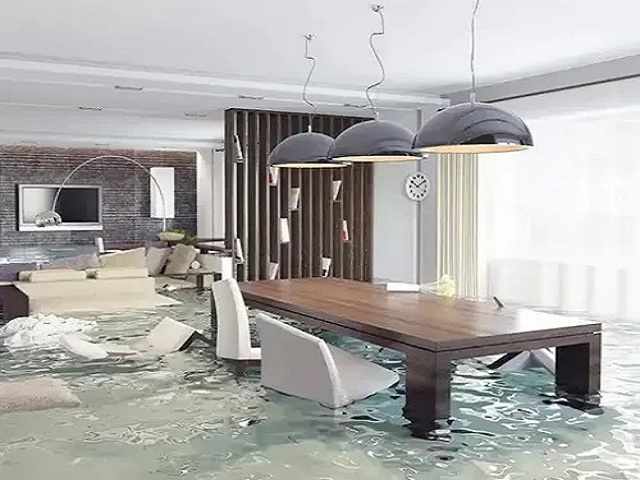
It is never nice to wake up and see a flooded basement. It is dirty, hectic, and may be completely overwhelming. Dealing with water damage caused by a heavy rainstorm, a burst pipe, or even a concealed leak is a serious pain. However, fortunately, you are not doomed to a mushy mess permanently. And then, with proper measures (and perhaps with a bit of assistance), you can transform your basement that was once a waterlogged nightmare back into a workable living environment again. So, what do we do? Let us take a step by step approach and do exactly what is needed to clean up the mess, repair the damage, and restore life in your basement.
Step 1: Stay Safe and Don’t Panic
Safety, first things first. When your basement flood, you must not wade in there yet. Switch off the power in the region to eliminate the chances of an electric shock. When this water level is high, it is best to call in the professional immediately. This would be considered a so-called flood cleanup emergency, or even a water damage emergency.
Step 2: Call in the Pros
Although you may be tempted to do a DIY cleaning, water damage may be tricky. The latent water might cause mold, unpleasant odor, and even structural decay in the long run. This is why it is a good idea to summon water damage restoration specialists. These professionals are seasoned with such home water damage, and they possess the necessary equipment to dry it up quickly and correctly.
Step 3: Remove the Water ASAP
The more water is left standing, the more the damage worsens. Assuming this is a small puddle that you are comfortable with, then you can tie in a wet/dry vacuum to suck up the water. In the case of larger messes (such as the actual basement flood), experts will bring out powerful water pumps and industrial dehumidifiers to dry the place up in a short time.
Step 4: Dry It Out Completely
After losing the water, you are not finished yet. All should be dried up: floors, walls, furniture, and anything that has been wet. Dehumidifiers and fans are very useful, but once again, the pros own heavy equipment that is more efficient and quicker. Make sure that “my basement is flooded,” and then they are calling the crew to rescue the only thing.
Step 5: Check for Damage
Since all the water is dry, now is the time to inspect how bad the damage is. Water may curl the wood, ruin carpets, and distort drywalls. In the case of the basement, depending on whether the basement is insulated or not, your basement insulation may require replacement. You might even be required to dump what cannot be washed or dried off, such as cardboard boxes or wet sofas.
Step 6: Clean and Sanitize
Floodwater can bring in any kind of nasty stuff, particularly in the case of an outside flood or a burst pipe. It is really crucial to clean everything and disinfect it. Clean with powerful cleaning materials and ensure that there is no growth of mold. Mold thrives in dark and moist areas such as basements, and this is why you should not miss this step.
Step 7: Time for a Makeover!
The exciting part has come; it’s now time to dry up that wet space to make it fabulous! After the cleanup process, you should be able to give your basement a brand-new beginning. New flooring, a lick of bright paint, or even a cozy television corner. Making this disaster an opportunity to get a space that you truly like—why not?
Final Tips
● To avoid future flash floods, put up a sump pump.
● Store valuables in plastic bin containers instead of cardboard boxes.
● Carry out routine inspection of any leakage, particularly in the rainy season.
Flood cleanup emergency may appear to be the end of the works; however, it does not need to be so. Home water damage can be one of the most deceptive moments, but with assistance and a little tolerance, you can turn it into a fabulous finished basement.




















Write a comment ...